The Beauty of Variegated Hostas!
Hostas continue to be one of the most popular perennial plants for shade and part sunny gardens, and for good reason. The sheer amount of available hosta sizes, shapes and leaf colors and designs ensures you can find one or several to fit into your garden scheme.
Variegated Hosta Design Tips
The most beautiful hosta combinations always include variegated hostas which provide a color accent that emphasizes their unique leaf colors and patterns. Whereas it is easy to work a solid colored leafed hosta into a garden design, adding a variegated hosta requires a little more forethought.
Two hostas planted close together should complement each other in some way. If you put all your potted hostas together and take a closer look, you will quickly notice the color combinations that work well together and complement each other.
In general, variegated hostas look best when they are contrasted against a solid background.
One of the best hosta designs includes a swath of solid leafed hostas, like the solid green of Honeybells below, with a pop of color from a smaller variegated grouping of a hosta variety like Minuteman (green with very strong white variations).
Honeybells
Minuteman
Another example of this type of pairing below is planting a patch of Halcyon hosta (blue solid leaves) which will bring out the blue variegation in Hosta June and make the yellow margins really pop.
Halycon
June
A white, cream or yellow variegated hosta will stand out beautifully when planted in the midst of solid green hostas.
Lancifolia
Hush Puppie
Variegated hostas as focal points
- Variegated hostas, in general, make wonderful focal points simply because they will catch and hold the eye.
- White variegated hostas make the best focal points because the amount of sun they get will not have a drastic effect on the white color.
- However, gold or yellow variegated hostas are a little trickier to use in this way because the brightness of the leaf color is dependent on the amount of sun they receive.
- Gold and yellow variegated hosta leaves can appear chartreuse or greenish during the season which may clash with the color scheme you're going for.
- Siting them in the morning sun and afternoon shade will help preserve that goldish color longer through the season
What Doesn't Work
- Planting too many variegated hostas of different colors close to each other, however, will have the effect of your eyes competing for attention and cause the area to look chaotic.
- Planting two light-colored hostas, like a white hosta near a yellow-variegated hosta, has the same negative effect because it confuses the eye.
Variegated Hostas and the Sun
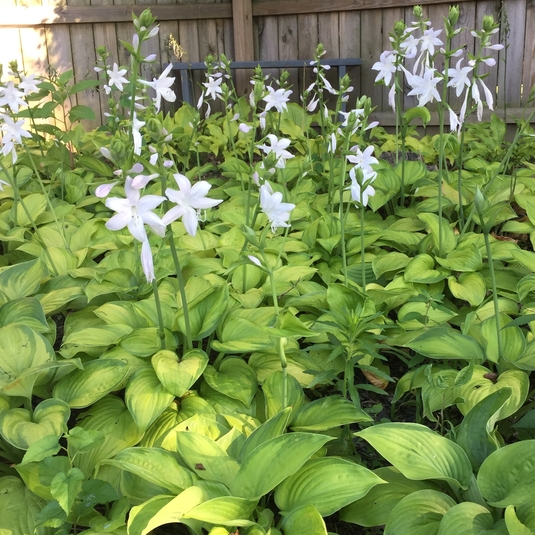

Guacamole in shade and sun
Variegated hostas have minimal amounts of chlorophyll. In full sun, the chlorophyll levels can increase and cause the leaves to pick up a green cast and look less variegated as the Guacamole hostas on the left appear.
With insufficient sun, any yellow or white margins may not lighten to the mature color.
White centered hostas can be difficult to grow without enough sun. With more sun, the green portion of the leaf in these hostas can often produce the extra food needed for the hosta to thrive, as you can see in the Guacamole photo on the right.
White variegated hostas with thin leaves should be restricted to partial shade or early morning or afternoon shade as direct sun is too intense.
Our great variegated hostas!
Here at Sunset Hosta Farm, we grow and sell the hostas we love. Our variegated hostas were selected because of their well-defined leaf patterns.
Here are our best picks
Mighty Mouse
Rain Forest Sunrise
In the medium category
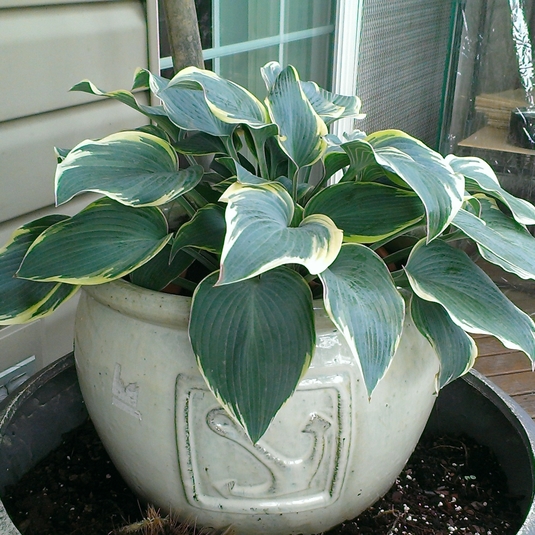
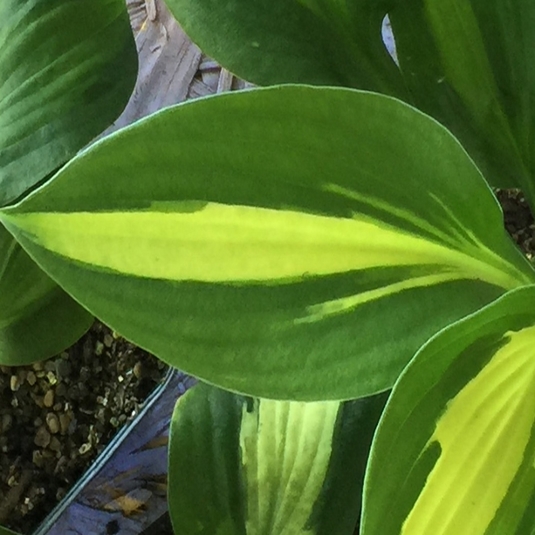
In the large/very large category
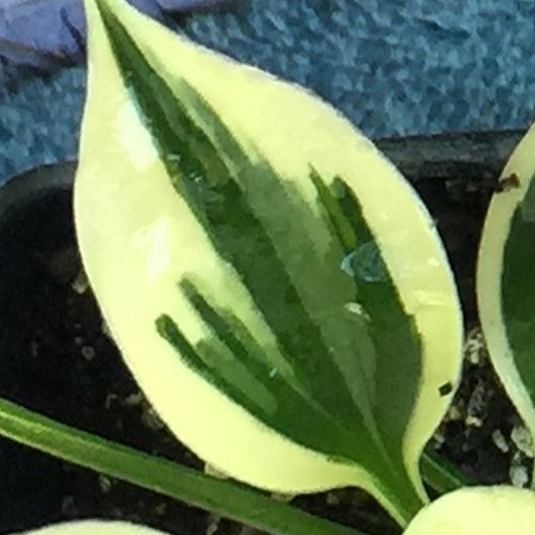
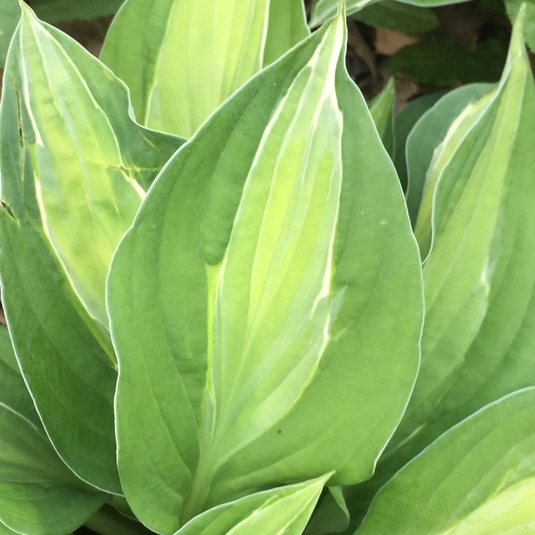
No matter how big or small your hosta garden is, adding variegated hostas can be a beautiful addition to your overall garden.
~~~~~~~~~~
















Comments
Post a Comment